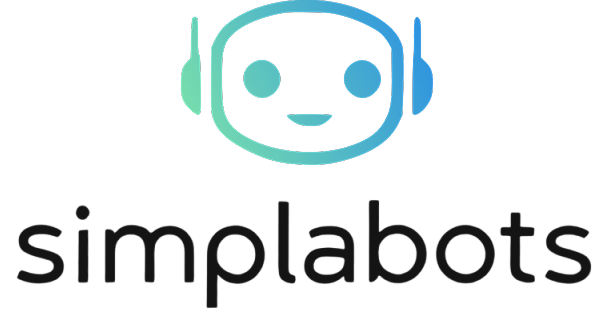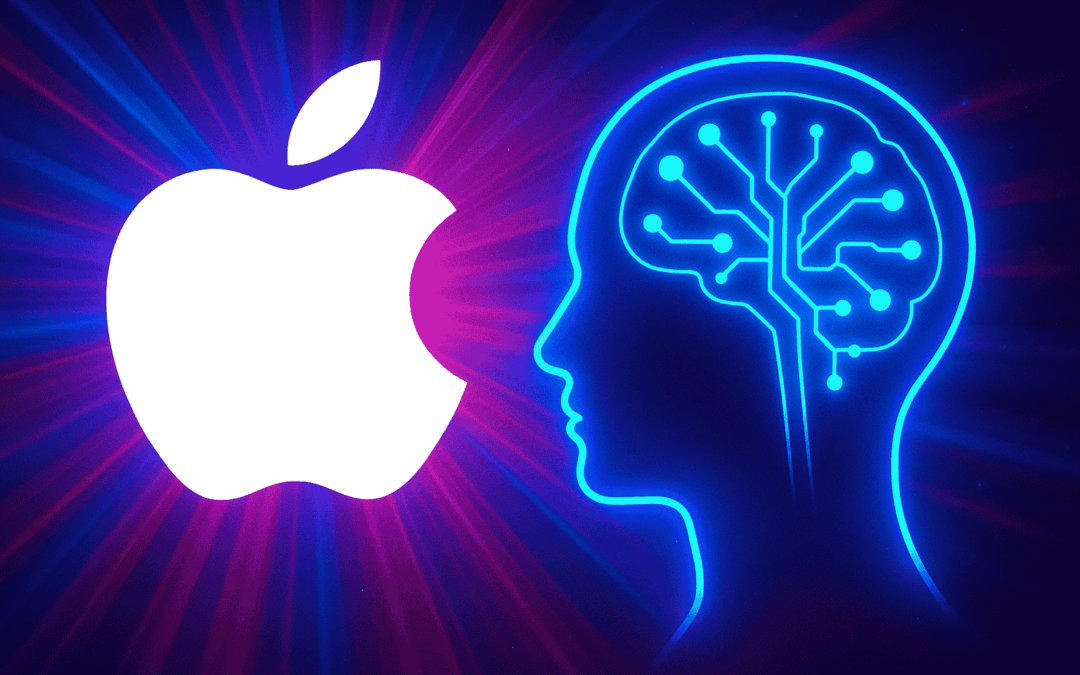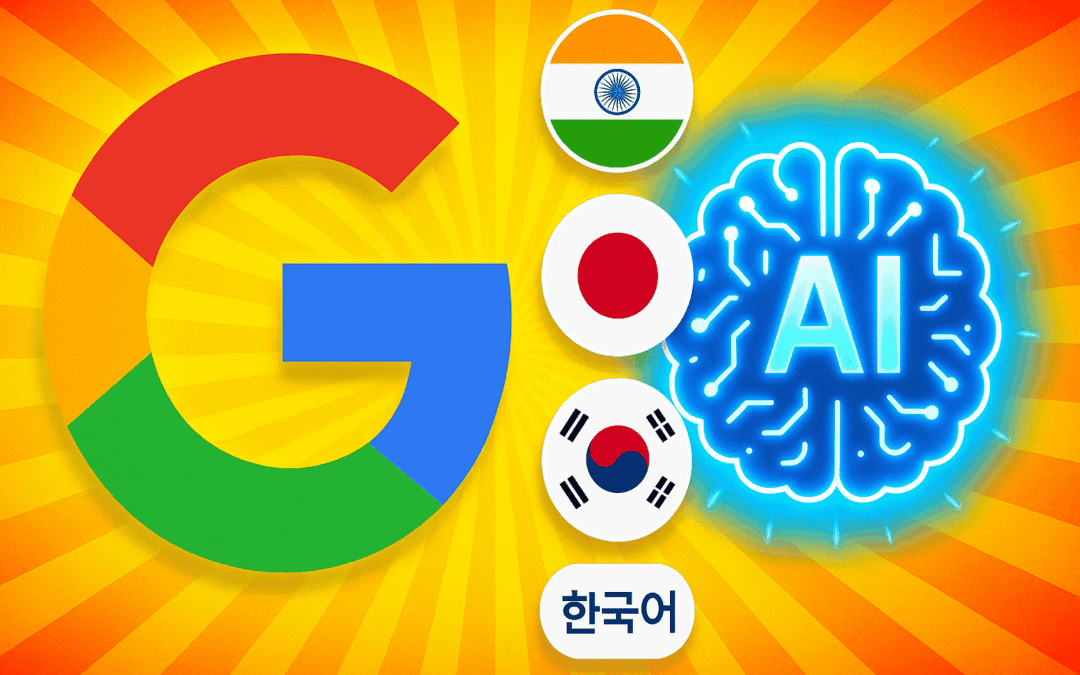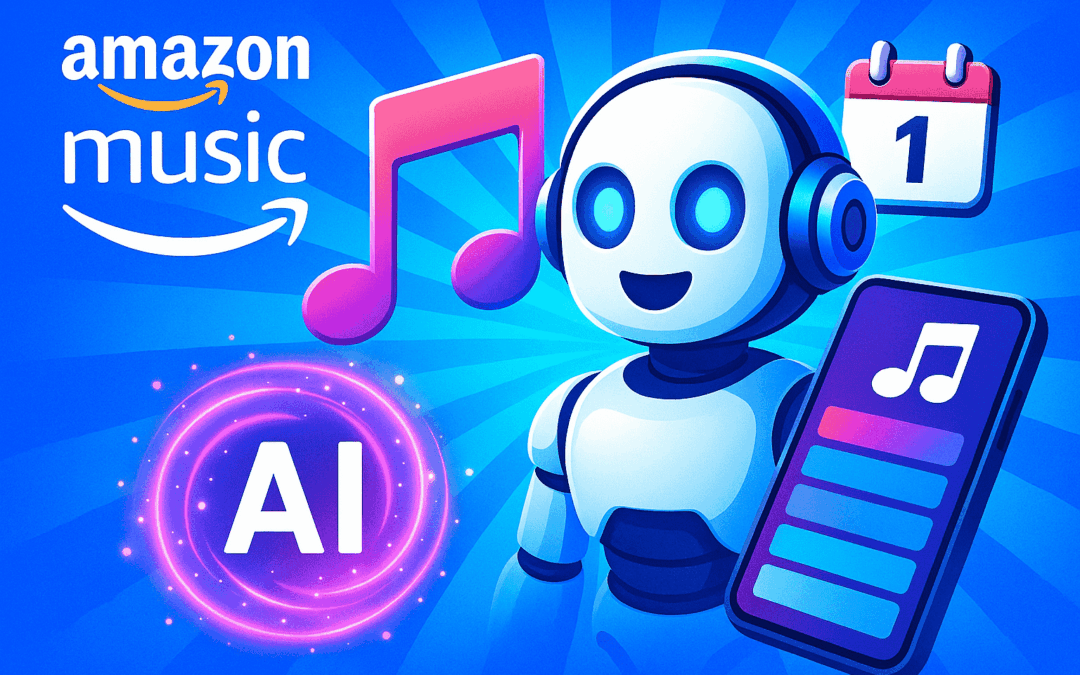Google’s recent update to its AI Mode has captured attention across the generative AI landscape. Adding support for five new languages—including Hindi, Japanese, and Korean—the tech giant aims to further boost global accessibility and user engagement.
This move reflects the mounting demand for multilingual large language models (LLMs) and points to the strategic direction of international AI deployment.
Key Takeaways
- Google AI Mode now supports five new languages: Hindi, Japanese, Korean, Turkish, and Swahili.
- This expansion leverages improved multilingual models to drive global accessibility.
- The update helps Google compete with rivals like OpenAI’s ChatGPT and Microsoft’s Copilot in non-English markets.
- Developers and AI startups can now build for new language demographics with Google’s AI APIs.
- Localization and cultural adaptation become crucial as AI moves beyond English-first deployments.
“Google is accelerating multilingual AI to meet a rapidly diversifying global user base.”
Expanded Multilingual Support: Details and Industry Context
According to TechCrunch and The Verge, Google has now enabled Hindi, Japanese, Korean, Turkish, and Swahili in its AI Mode across supported devices and its cloud AI suite. Google cited both business drivers and societal needs, with users in Asia and Africa representing over half the global digital population yet remaining underserved by leading LLMs.
Analysis: What Sets Google’s Strategy Apart
Unlike early language rollouts by OpenAI or Microsoft—often limited to Western European markets—Google’s focus includes millions of new users in India, East Asia, and Africa. This opens new channels for AI-powered products such as voice assistants, customer support automation, and content localization tools.
“Adding Hindi, Japanese, and Korean not only expands Google’s reach—it also sets a precedent for rapid LLM adaptation to local contexts.”
Implications for Developers, Startups, and AI Professionals
This shift impacts product development pipelines and global go-to-market strategies. Developers can now implement Google’s AI tools (including Gemini and Bard) for regional deployments without third-party translation layers, reducing latency and improving UX for non-English speakers.
- Startups targeting emerging markets have fresh opportunities for localized generative AI applications (e.g., chatbots for e-commerce, voice-based learning aids).
- AI researchers gain an expanded dataset for diverse model tuning, increasing accuracy in underrepresented languages.
- Enterprises can accelerate regional expansion while ensuring compliance with local standards and cultural nuances.
Competitive Landscape and Market Trends
With rival models such as OpenAI’s ChatGPT and Microsoft Copilot racing to add more languages, the pressure to “think global” has intensified. Google’s update demonstrates an industry-wide move toward inclusivity and a broader vision for AI accessibility. According to Bloomberg, Google plans further regional customizations.
“As businesses deploy generative AI worldwide, robust language support will increasingly differentiate winning platforms.”
Takeaways for the AI Community
Google’s latest move underlines a core AI trend: success in generative AI depends on not only advanced models but also meaningful accessibility. By democratizing access through broader language support, Google positions itself for growth across diverse, high-potential markets.
The new multilingual capabilities equip developers, startups, and enterprises to create regionally relevant, culturally sensitive AI applications with global scalability.
Source: TechCrunch











